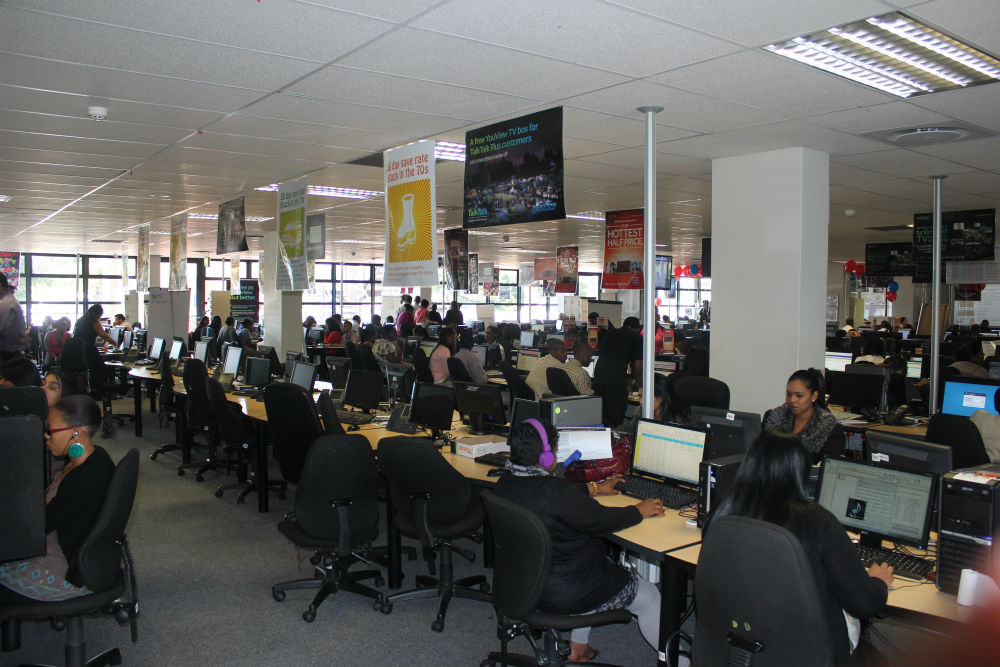Over the years, along with the advancement of technology, the ways of operating various activities in companies have evolved to the point of streamlining the performance of workers, and even facilitate the work for each of them. A specific case is the creation of the Call Center Software, which replaced any ambiguous or old form linked to the traditional Call Center.

In the past, when the acquisition of communication devices was much less, micro, medium, and large corporations used to contract Call Center’s to offer a product, service, or resolve certain customer concerns. Traditionally, it corresponded to one connection per voice call only.
The process occurred, in the most common cases, from a huge office, dozens of telephones ringing, in addition to a certain number of people in charge of answering incoming calls. Whether we were attended to quickly went hand in hand with the availability of some operator, or that the lines were not collapsed. The common thing was to have a very limited telephone range; that means being as close as possible to the Call Center so that your call would be processed by the phones.
The Call Centre Software is a measure implemented with the intention of being able to offer the same service to the client, but in an automated and improved way. Knowing the face of the person answering the phone is a reality thanks to the video calls included in the system, also protects confidential information shared through the call, and even stores the data in the Google calendar for greater organization of the work schedule.
In addition, today’s masses depend on the internet and smartphones for much of their daily activities. It is not necessary to throw away enormous amounts of money installing the equipment of a call center, or reeling the brains out of exhausted telephone operators. For these times, invaded by technology in every possible space, there is the Virtual PBX, a system linked to the Internet connection of the employees’ telephones, through a voice system.
This system reduces the cost of equipment expenses; before, the acquisition of hardware entailed a high percentage of investment, unlike the current one, whose implements cost less, and its utility is greater. In the traditional call center, the common thing for the operator was to ignore the sender of the call. Thanks to this, it is possible to make sure of those details from the cell phone, and in addition, the greatest benefit for the customer lies in supporting less waiting time for a call to be answered.
The ease of use of the software has no limits. With a headset and a computer, the system works perfectly. The benefits include the advantage of recording each call made to ensure better management of statistics, a contact book of the entity, and in-depth knowledge of the information that enters and leaves the entity.
You no longer need to go to the office to practice. Thanks to the system’s speed and effectiveness, employees have a better chance of living their professional lives without any consequences for their private lives. It is easy to work almost anywhere the operator is located, as long as it has the 3G or 4G connection of the cell phone.
This measure has been taken by many companies with the intention of offering improvements in service to consumers. Because many of them simply serve specific needs, customers will have more access to them. It is also the same case for those that offer products or services, and, of course, the entities executing both modalities.
Instead of continuing the call center tradition, calls are linked to a cloud known as Cloud PBX. All the information encrypted and stored in the operators’ cell phones regarding the calls, will end up there. It’s a way of backing up all the material you handle.
It turns out to be a reliable system, easy and simple to use, economical compared to traditional implementations, fast, efficient, and fast access. That brings the perfect opportunity to benefit the employee and customer, so that the company gets more positive impact thanks to the quality of service. Is essential to have it before lagging behind in technological evolution, and getting stuck in dinosaur computers and brick telephones. With Virtual PBX, adapting is a matter of applying the system in the various entities worldwide and thus also fit into the globalized world.
In order to obtain the licence to use, it requires a certain cost, which is adapted to the currency according to the geographical location of the company. The advantages and benefits of it also depend on which type of licence is invested in: basic, or premium. Some tend to opt for the basic, experiment, know the system, and then simply jump to the premium branch, where they can investigate the best of that useful and innovative system.

